UNESCO: Heritages in Vietnam saddled with many challenges
Vietnam is highly appreciated for protecting both cultural heritages and intangible cultural heritages, as well as actively participating in building UNESCO's policies on World Heritages and sustainable development, however, Vietnam is facing many large challenges in preserving the heritages.
UNESCO has identified these challenges at a conference held in Hanoi on the protection and promotion of the values of Vietnam’s heritages for sustainable development, affirming that UNSCO will provide concrete support to Vietnam.
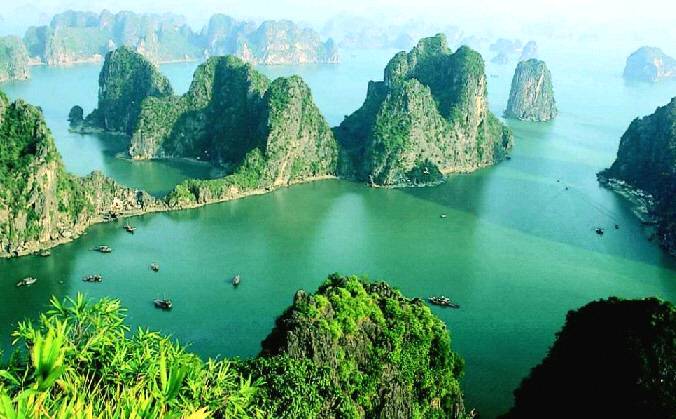 |
Ha Long Bay.
CONCERNS ON LIVELIHOODS FOR INDIGENOUS COMMUNITIES
According to UNESCO, some of Vietnam's heritages are facing the challenge of stabilising the lives of indigenous communities. Chief Representative of UNESCO Office in Vietnam Michael Croft said that the recent recommendation of the UNESCO World Heritage Centre for the World Heritage site of Ha Long Bay, made mention of concerns on resettled communities in Ha Phong ward since June 2014.
While there is no report on the post-resettlement situation, the Quang Ninh province’s report in 2016, through the Ministry of Culture, Sports and Tourism, noted that certain households were experiencing difficulties in adapting to the new habitat, while they are returning to the Bay for "illegal activities". The reasons reflected by the people are a lack of public infrastructure, such as markets and schools being located far away from resettlement sites, fishing ports, boat docks (12 kilometres).
The same situation has occurred in Phong Nha – Ke Bang, which is a natural world heritage with typical ethnic minority groups that have lived through generations in the forested core zone. These groups, including the Ruc ethnic minority, are at risk of being separated from the social development rhythms due to strict protection regulations that prevent them from accessing caves and collecting forest products, while they are finding it hard to find a position in the tourism value chain.
According to UNESCO, the recent programmes targeting ethnic minorities, who are the most vulnerable, have not taken into account the sensitive cultural approach that is leading to the erosion and risk of persification of culture, especially as a consequence of resettlement projects. Tourism in Phong Nha - Ke Bang is growing, but the people are at risk of being isolated from the pace of social development and losing their traditional livelihoods, while having almost no opportunity to benefit from the heritage income.
PRESSURE FROM DEVELOPMENT AND MODERN LIFE
Hoi An is the most typical example of this pressure. The demand to develop a modern city, tourism and infrastructure creates pressure for Hoi An. Michael Croft estimates that the rise of construction works in the buffer zone located very close to the old town, and the rapid growth of hotels and infrastructure around the town, overloaded transportation and a lack of coordination of functional forces put a heavy burden on the core zone of heritage.

The Hoi An Impression Theme Park
Recently, during construction of the Hoi An Impression Theme Park, the public expressed concern over how the project directly affects area I - the strict conservation area, and also impacts the flow of the Thu Bon River. Although the work is known to have been included in the plan, this also shows that even the planning must be consistent with the actual conditions of the heritage.
Also related to the demand to develop tourism, the illegal walkway construction in Cai Ha Mountain in Trang An (Ninh Binh) also raised concerns for UNESCO. Although UNESCO has highly appreciated the timely action of the Ministry of Culture, Sports and Tourism in dealing with this incident, UNESCO still recommends empowering the World Heritage Committee and to be more actively engaged in providing guidance as well as dialogues with both the private sector and the local people to improve law enforcement and prevent similar violations in the future.
According to UNESCO, although the Hue imperial relic site’s development pressure is less severe, UNESCO has proposed that it is necessary to build a landscape management plan, because the value of the heritage is not only in the inpidual heritage elements, but also in the relationship of the statue and feng shui, that reflects the unique philosophy of Vietnam, emphasising the harmony between humans and nature.
UNESCO also recommends the need for specific guidelines, with an approach basing on heritage preservation principles. Michael Croft affirmed that UNESCO is not just an advisory body but will continue to have specific support for the preservation of heritages in Vietnam./.
VNF/NDO
Recommended
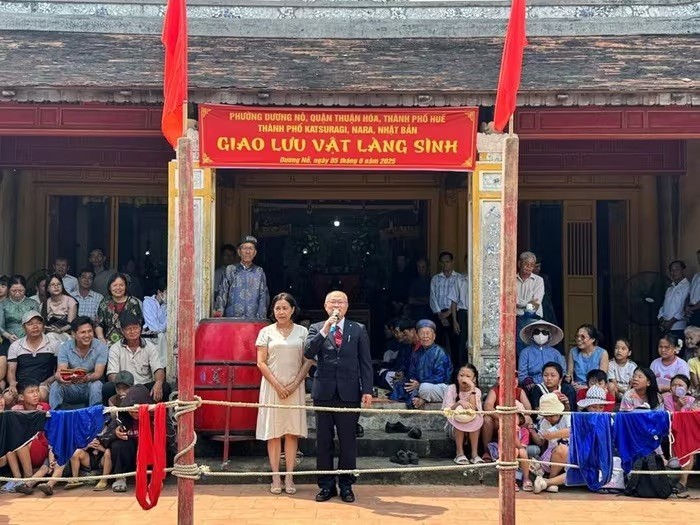 Viet's Home
Viet's Home
Traditional Martial Arts Exchange between Sinh village (Hue City) and Katsuragi City (Japan)
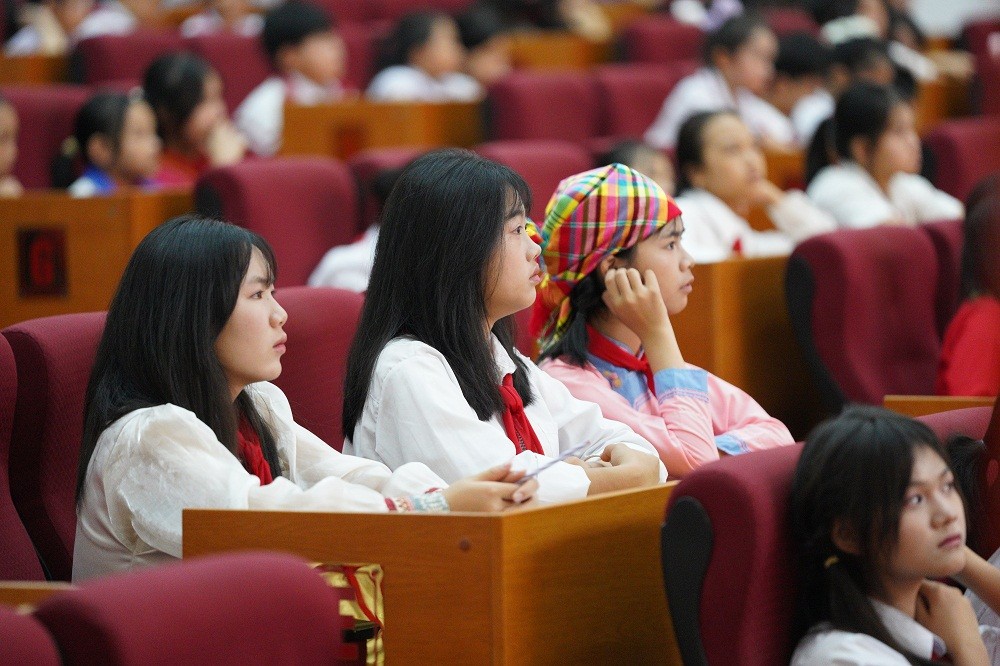 Viet's Home
Viet's Home
Lai Chau National Assembly, People's Council Delegates Hold Dialogue with Children
 Viet's Home
Viet's Home
24 Children with Disabilities in Northern Provinces Received Free Surgery
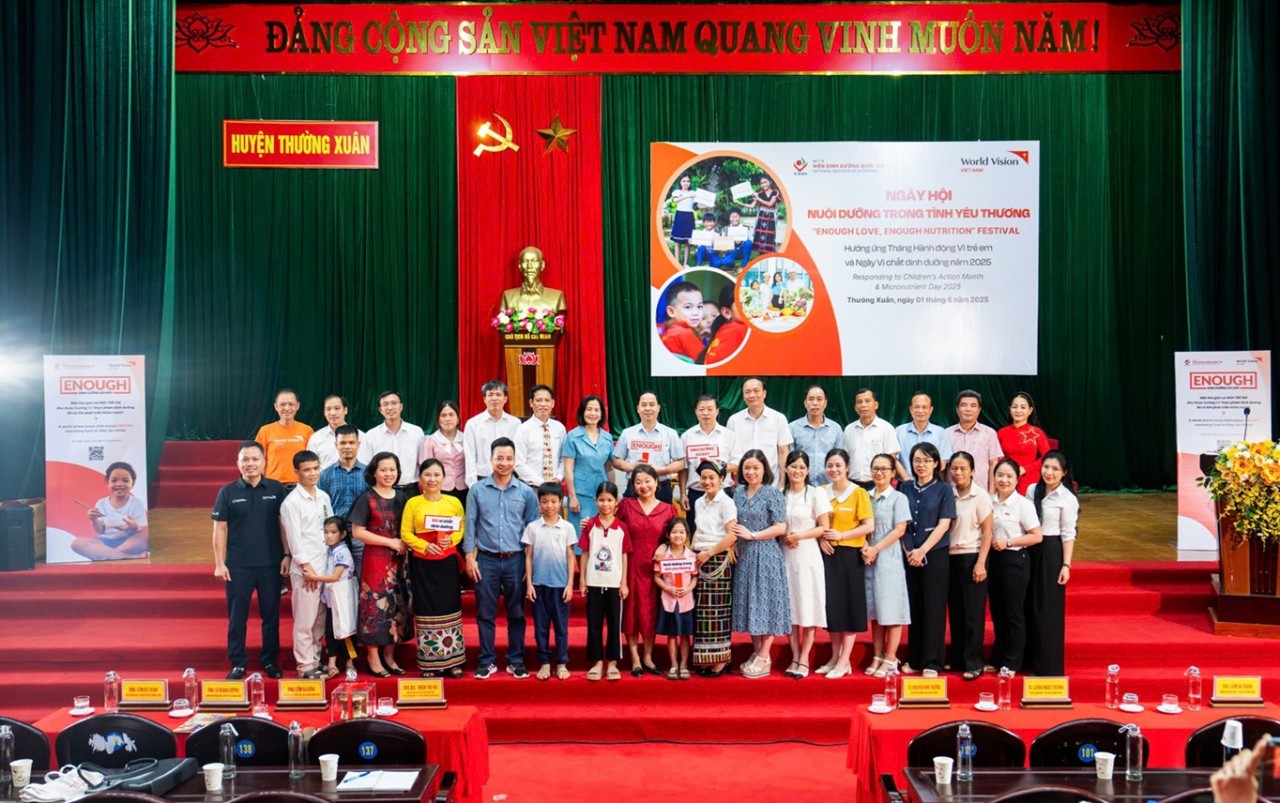 Viet's Home
Viet's Home
World Vision Promotes Comprehensive Nutritional Care for Vietnamese Children
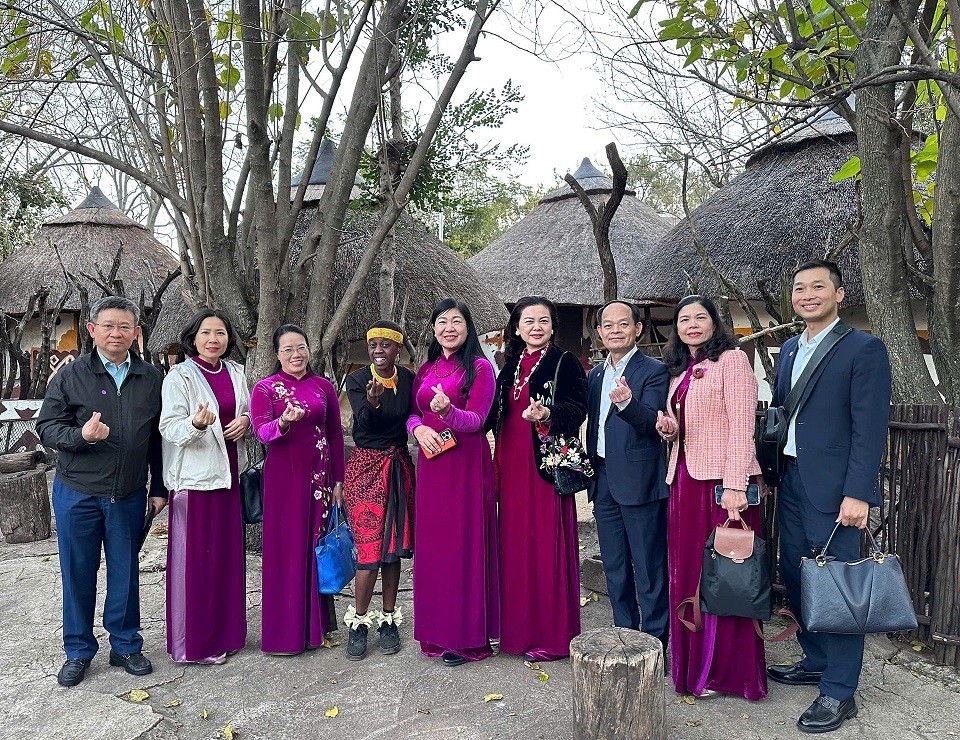 Viet's Home
Viet's Home
Hanoi, South Africa Strengthens People-to-people Exchanges, Expands Multi-sector Cooperation
 Viet's Home
Viet's Home
Hue City to Raise Awareness on Mine Accident Prevention
 Focus
Focus
Vietnam Leaves Imprints on the World Peacekeeping Map
 Viet's Home
Viet's Home
